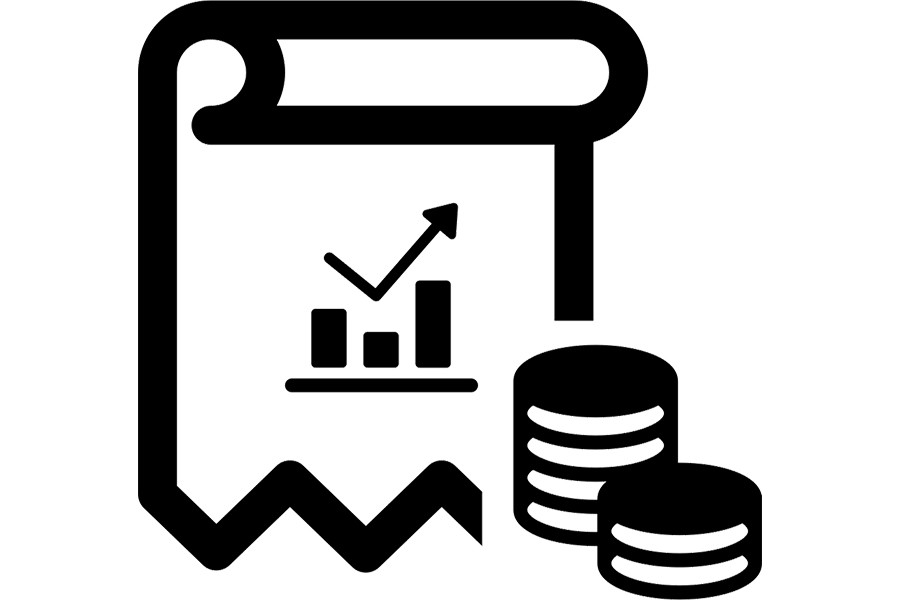The month of Ramadan leading to the greatest Muslim festival, Eid-ul-Fitr, is a long spell that marked transactional booms and infusion of multi-faceted buoyancy into the economy.
As a matter of fact, festivity-centred transactions have been on the rise year-on-year basis with the difference this year that buying-selling sprees were more pronounced in the rural areas compared to previous years. This is, however, a matter of optics and notion emphasizing, I would suggest, a need for micro-level figures to be collected and put into a national survey report. This will help a chronological and comparative understanding of the Ramadan-Eid economy benchmarked to a certain year.
An expansionary economy sustained by sizable domestic demand (which cushions our economy against any external shocks) has had added sinews through festivity-induced high demand situation. As if in a sync with a demand explosion, people's income and purchasing power have increased to cater to their diverse needs. Hiked salaries, coupled with bonus payments and a modernist salesmanship with rebates triggered a buying boom.
But all this goes with a caveat viz. our Purchasing Power Parity (PPP) has eroded lately, a concern that we need to address on a different footing if we are to reduce the cost of business.
Apparels and footwear were mostly in demand followed by mobile phone, furniture and electronic goods (TV set for the World Cup football, refrigerators offered on attractive instalments). Along with Deshi fashion and brands, buyers showed an inclination for dresses of foreign origin. One weak spot relates to children's dresses for which the youngsters preferred foreign-made ones to archaic local brands. The question is, why must imports dominate kids' dresses?
Reputed local apparel fashion brands, however, put their sale figures higher by at least 20 per cent working out to TK 40 billion worth of Eid sales. Last year, it was calculated to have been worth TK 35 billion. In the footwear domain brand and non-brand items sold out with business amounting to Tk 30 billion having been done.
Jewelry too was in considerable demand at the up-end market.
To cater for the low and middle income brackets, hawkers double the previous year's number, conducted brisk business from Saarc fountain intersection to Basundhara market, let alone their usual squatter spaces around New Market and Motijheel areas.
Travelling abroad on Eid holidays which had been on the rise has declined this year, according to aviation/ tourist professionals. In fact, domestic tourism has picked up owing to tour operators' better organising ability coupled with a greater appetite for indigenous tourism among our people. The rush of tourists to Cox's Bazar has exposed its inadequacy in terms of sports infrastructure.
On the whole, Eid economics needs perhaps to be seen through a huge event management spectrum. Remittances reach a higher level during the Ramadan entailing a concern over routing them through unofficial channel. Imports are stepped up in proportion to higher demands so that there is an anxiety over over-invoicing or misinvoicing involving capital flight.
But we have squared up with the challenge of meeting the stupendous demand for cash. The banks facing liquidity shortage borrow from the call money market to tackle the scramble for cash. It is understood that banks and non-bank financial institutions made a huge transaction on the call money market by a collective borrowing of whopping sums of money from the market. The Bangladesh Bank had to pump an enormous amount into the banking system.
Now one has to wait and watch as to how the banking system copes with a new threshold it may have reached following its borrowing from the market. Also, the possible impact on saving ratios and exchange rate must be borne in mind with safeguards taken for macro-economic stability.


